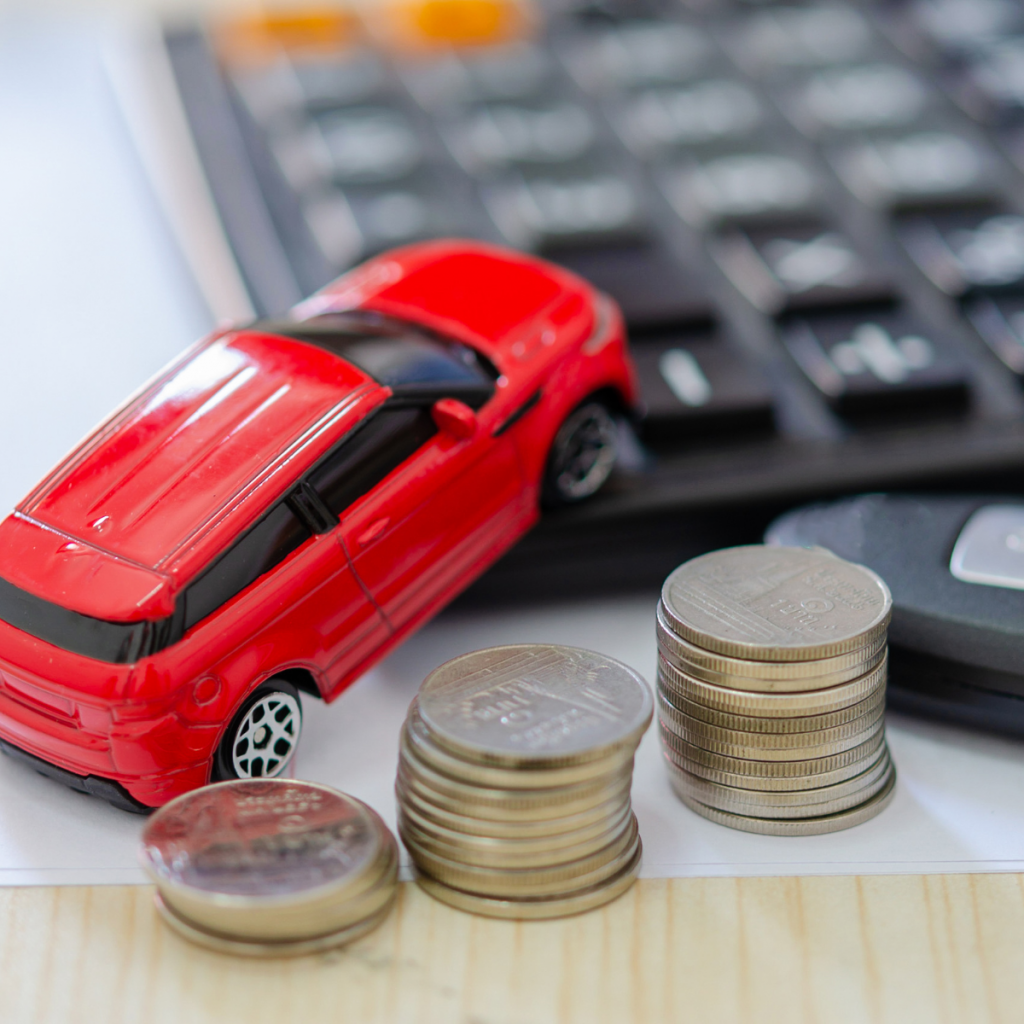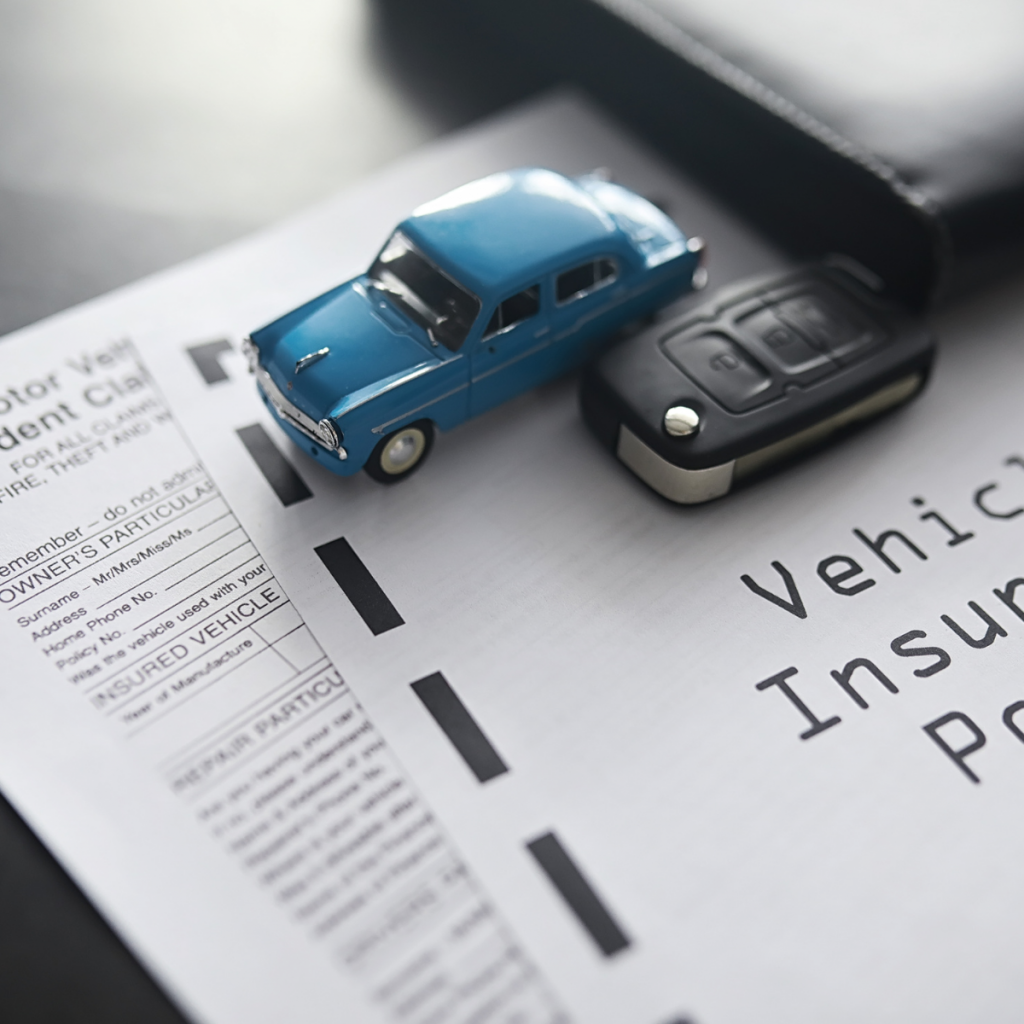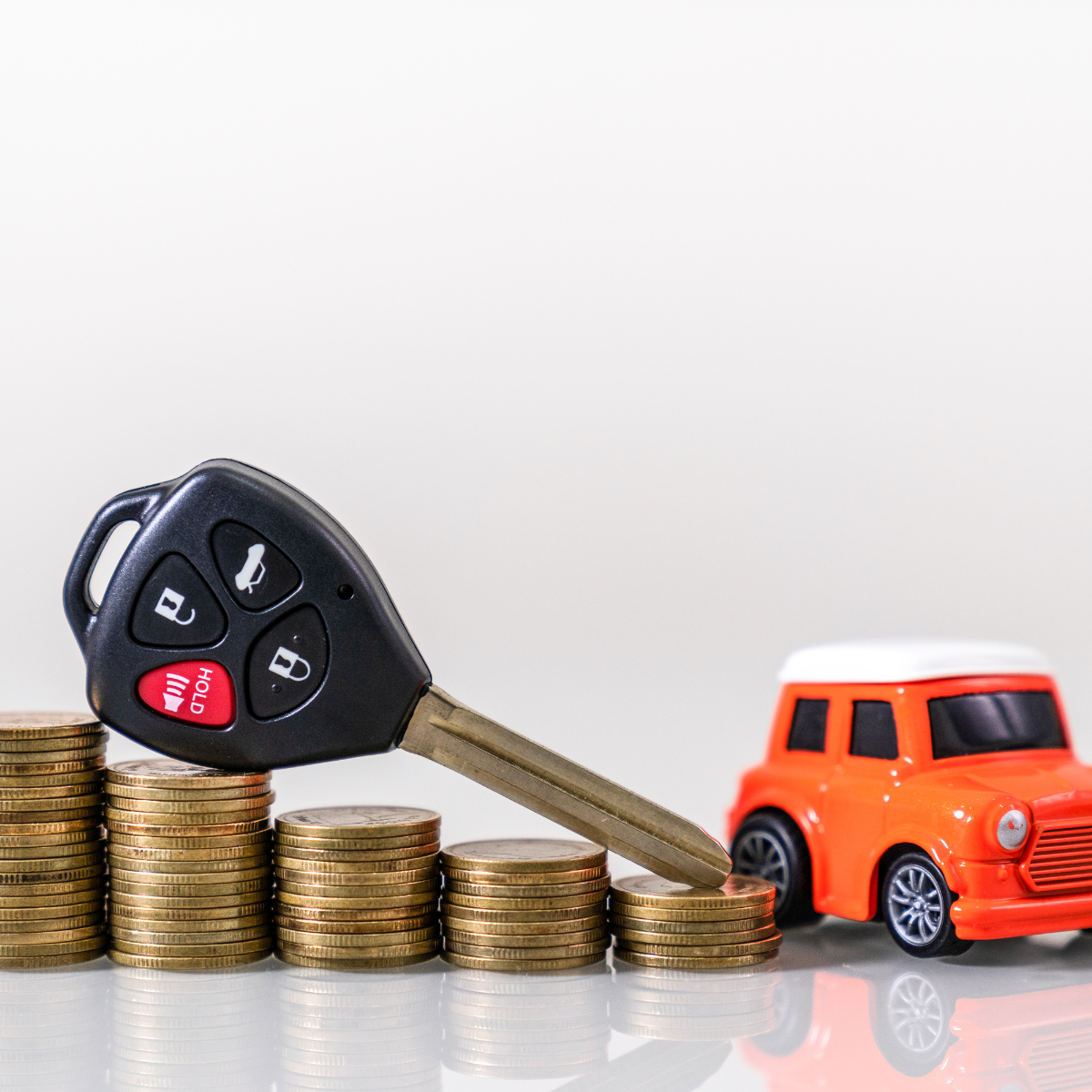Getting into a car accident can be a stressful and overwhelming experience. Whether it’s a minor fender-bender or a major collision, dealing with the aftermath can be confusing, especially when it comes to handling your car insurance. Understanding the insurance process after an accident is crucial to ensure you are protected and your claim is handled correctly. In this article, we will walk you through the essential steps to take after an accident, how to file a claim, and the role your insurance plays in the recovery process.
Understanding the Car Insurance Process After an Accident
Accidents happen unexpectedly, and your response in the aftermath is vital to your car insurance claim. The process involves several steps to make sure you are properly covered for the damages and repairs. It’s essential to stay calm, follow the right procedures, and know what to expect from your insurer. Here’s a breakdown of the typical process you can expect:

1. Ensure Safety and Report the Accident
The first thing to do after an accident is to ensure everyone’s safety. If possible, move to a safe location and check for injuries. Call emergency services if anyone is injured. Reporting the accident to the police is also necessary, especially if there’s significant damage or any injuries. A police report can help with your insurance claim and serve as documentation of the event.
After ensuring safety, you should also exchange information with the other driver(s). This includes names, contact information, license plate numbers, and insurance details. If there are witnesses, try to get their contact information as well.
2. Contact Your Insurance Company
Once you’ve reported the accident to the authorities and exchanged necessary information, contact your car insurance company. This should be done as soon as possible after the incident. Provide them with all the relevant details such as the accident report, the parties involved, the date, time, and location of the accident. If the accident is severe or involves injuries, your insurer may ask you to file a claim right away.
Most insurance policies require you to report an accident within a specific time frame, so prompt communication is essential. Your insurance company will guide you through the next steps and assign a claims adjuster to assess the damage.
3. Filing an Insurance Claim
Once you have reported the accident to your insurance company, the next step is filing a claim. The process will vary depending on your insurer and the type of coverage you have, but typically, it involves the following:
- Providing Documentation: The insurance company will require evidence of the accident. This can include a police report, photos of the scene and damages, and medical records if injuries occurred. Be thorough and keep records of all documents related to the accident.
- Insurance Claim Form: You will need to fill out an insurance claim form, detailing the accident, your role in the incident, and the damages sustained by your vehicle.
- Assessing Damages: A claims adjuster will assess the damages to your vehicle. They may also speak with witnesses and review the police report. This will help determine who was at fault and the extent of the coverage needed.
4. The Role of Insurance Coverage in the Claim
Your car insurance policy plays a significant role in the claims process. The amount of coverage you have will determine how much your insurer will pay for repairs and medical expenses. Depending on the type of coverage you have, the following options may come into play:
- Liability Coverage: If you are at fault, liability coverage will help pay for damages to the other driver’s vehicle or any injuries they sustain.
- Collision Coverage: This type of coverage will help pay for the damages to your own vehicle, regardless of who caused the accident.
- Comprehensive Coverage: This type of coverage applies if your car is damaged due to something other than a collision, such as vandalism, theft, or a natural disaster.
- Uninsured/Underinsured Motorist Coverage: This applies if the other driver is uninsured or underinsured and cannot cover the damages.
Understanding these different types of coverage can help you navigate the claims process more smoothly.
5. Getting Your Car Repaired
Once the insurance claim is processed, you will likely need to get your vehicle repaired. If you have collision or comprehensive coverage, your insurer may direct you to an approved repair shop. Some policies may allow you to choose your own repair facility, but it’s essential to confirm with your insurance provider beforehand.
In most cases, the insurance company will pay for the repairs directly to the auto shop, minus your deductible. If you paid for the repairs out of pocket, your insurance may reimburse you once you submit the necessary receipts and documentation.
6. Settling the Claim and Paying Your Deductible
After the repairs are complete, your insurance company will issue a payment based on the damages and the coverage applicable to your policy. However, it’s important to note that your deductible—the amount you must pay before your insurance kicks in—will be deducted from the claim payout. This is a crucial factor to keep in mind when filing a claim, as it affects the final amount you receive.
7. Follow Up on the Claim
After submitting your claim and receiving your settlement, make sure to follow up with your insurance company to ensure everything is processed correctly. If there are any issues with your claim or discrepancies in the payout, reach out to your insurer for clarification.
Sometimes, insurance companies may dispute the amount of compensation, or they may offer a settlement that doesn’t cover all of your expenses. If you feel that the settlement isn’t fair, you have the right to negotiate or seek legal advice.
What to Expect After Your Car Accident Insurance Claim
The car insurance claim process may take some time to complete, depending on the complexity of the accident. In general, your insurance company will keep you updated on the status of your claim. While the length of time can vary, you should expect to receive a resolution within a few weeks to a couple of months, depending on the extent of the damages and the necessary repairs.
How Insurance Affects Your Premiums
It’s important to note that after an accident, your car insurance premiums may increase, especially if you were found to be at fault. Insurance companies assess risk based on your driving record, and a history of accidents could lead to higher premiums.
If the accident was not your fault, however, your premiums may not increase significantly. You may also be eligible for a “good driver” discount if you have a clean driving record before the accident.
Tips to Ensure a Smooth Car Insurance Claim Process

- Keep Documentation Organized: Maintain a record of all documents related to the accident, including photos, police reports, medical records, and repair receipts.
- Follow Your Insurance Policy Terms: Familiarize yourself with the terms of your insurance policy, including coverage limits and deductibles, so you are prepared for the claims process.
- Communicate Clearly with Your Insurer: Stay in touch with your insurance company throughout the process, and don’t hesitate to ask questions if you are unsure about any part of the claim.
Conclusion
Navigating the car insurance process after an accident can seem daunting, but by following the right steps, you can ensure a smooth and successful claim. From reporting the accident to your insurer to handling repairs and settling the claim, staying organized and informed will help protect your interests and ensure that you receive the compensation you deserve. Always review your insurance policy in advance to understand your coverage, and don’t hesitate to seek professional assistance if needed.

Leave a Reply